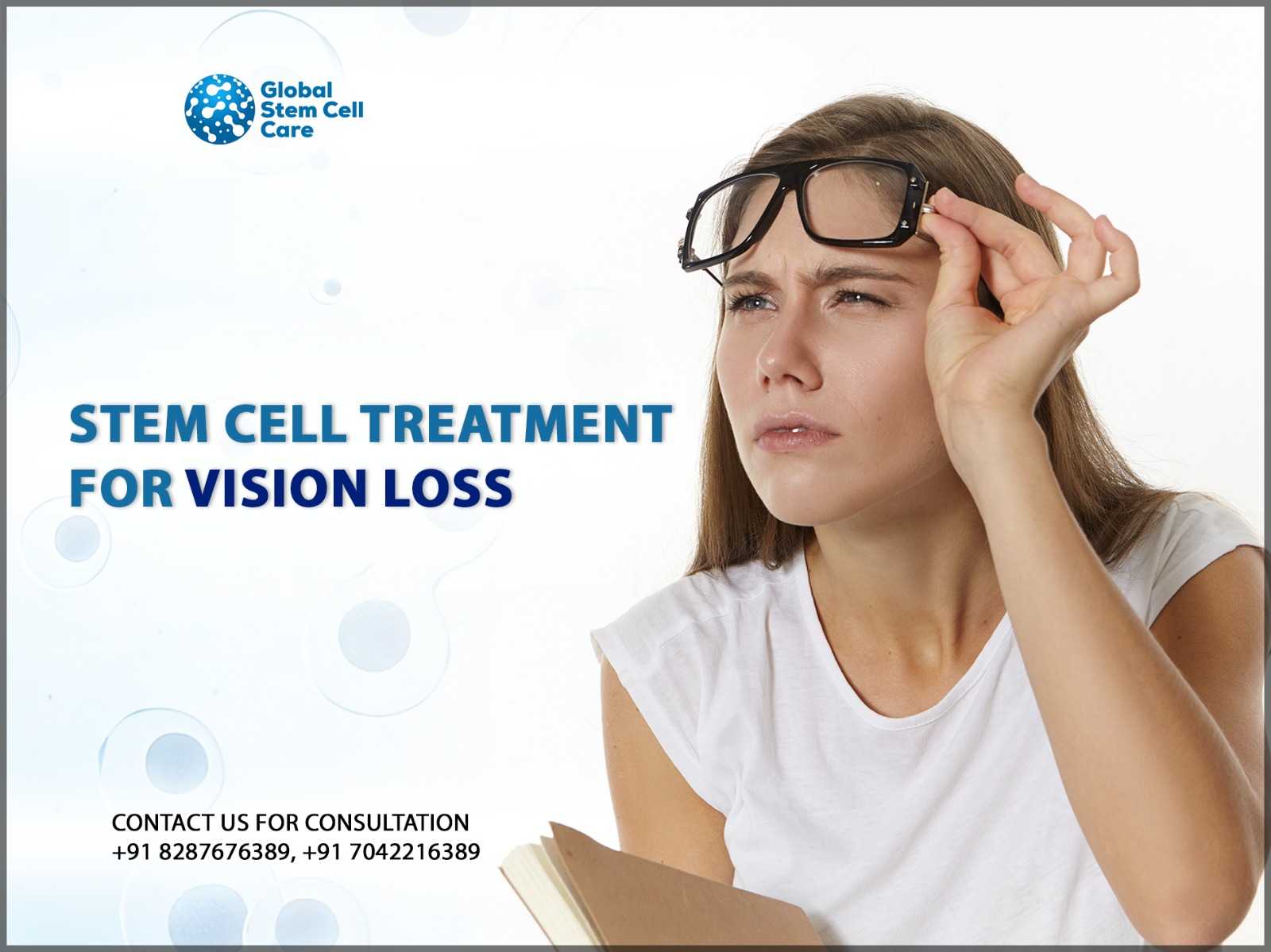Vision is vital to virtually everything that we do-from reading and driving, to recognizing faces, and enjoying scenery. Loss of vision has profound effects on dependency and quality of life. Daily tasks cannot be performed, leading to frustration or withdrawal from mainstream activities. Much hope comes in the form of advances in medical science.
Stem cell therapy for vision loss has emerged as a new hope of treatment for people suffering from eye defects. With this ability to aid in the repair and regeneration of damaged eye tissues, stem cells provide hope in healing an individual’s vision. Patients find brightening ways to end his or her suffering, looking forward into a future free from particular vision problems.
What Are the Types of Vision Loss?
Vision loss can be caused by multiple diseases that could affect the eyes. Some of them are usual and thus easily treated if the procedures are carried out with great care and others may go as far as permanent damage. some of the main types of vision loss are as follow:
- Refractive errors: Problems common to near-sightedness, far-sightedness, and astigmatism caused by mishaps in the shape of the eye and can be corrected with glasses or contact lenses.
- AMD: It is a disease affecting older adults, which causes shrinking of the central part of the retina and results in loss of sharp vision.
- Glaucoma: Glaucoma refers to a class of diseases that develop from damage to the optic nerve commonly due to excessively high eye pressure. There is a progressive loss of peripheral vision
- Retinitis pigmentosa: It is a rare degeneration and is caused by genetics that causes slow blindness. It starts with night blindness and eventually affects peripheral vision.
- Trachoma or ocular herpes infections: It results in destruction of the eye and can cause loss or impairment of vision.
- Diabetic Retinopathy: It is the case of the growing damage caused in the blood vessels present in the retina. The vision could be blurred always and leads to total loss if not treated.
Reason To Choose Stem Cell Treatment to Treat Vision Loss
Stem cell treatment in India is highly promising for those patients who are suffering from vision loss. The therapy utilizes healthy stem cells to replace dead or damaged cells within the eye. It holds hope for patients suffering from macular degeneration, retinitis pigmentosa, and other causes leading to blindness. Stem cell therapy works by regenerating or renewing tissues within the retina, which is the portion of the eye sighted. This may become a protocol for lost sight other than surgery or treatment through medication to prevent further impairment. Let’s why people are choosing this therapy over others:
- Regeneration of damaged eye cells: Stem cells help repair the retina by replacing damaged cells.
- Minimal risk of rejection: The body often accepts stem cells more easily than other treatments.
- Non-invasive procedure: Stem cell therapy is less invasive compared to surgeries.
- Improves vision gradually: Patients often notice improvement in vision over time.
- Potential to treat multiple eye diseases: Stem cells can target different eye conditions, not just one.
- Slows disease progression: It helps slow the further loss of vision by regenerating healthy cells.
Final Recap
Many patients are selecting stem cell treatment for the loss of vision, as it is an area through which people have obtained hope for treatment that may not be possible with other forms of treatment. Therefore, it is an emerging area with continued studies, offering patients a chance to have their quality of life improved and their vision to recover.
However, taking consultation from Global Stem Cell Care found beneficial to you. We have associated with many hospitals and medical institutes which provide best stem cell therapy in Delhi for vision loss. Contact us now to know more about the treatment.
